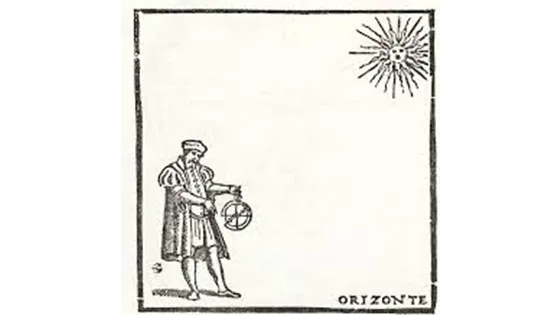Today it's the longest day of the year but also the sun reaches its northernmost position. How did they measured in the past the angle formed between the horizon and the sun or star?
Astrolabe
In the 15th century, the Europeans discovered a way of measuring how far to the north or south their vessel was situated: the latitude. Mariners measured the angle formed between the horizon and the sun or star, first using an astrolabe and later a cross staff or back-staff. They then used a table to calculate the latitude.

sailors used the earliest navigational instruments - the astrolabe, the cross-staff and the back-staff - to determine how far north or south they were from their point of departure.
An astrolabe consists of a ring with a graduated outer edge. By rotating the pointer (alidade), the mariner can determine the position of the sun or a star. The astrolabe became obsolete at the end of the 17th century.
Want to know more about the astrolabe? Visit the exhibition 'The Navigational Instruments'.